Home>Furniture & Design>Living Room Furniture>What Is The Best Recliner To Sleep In
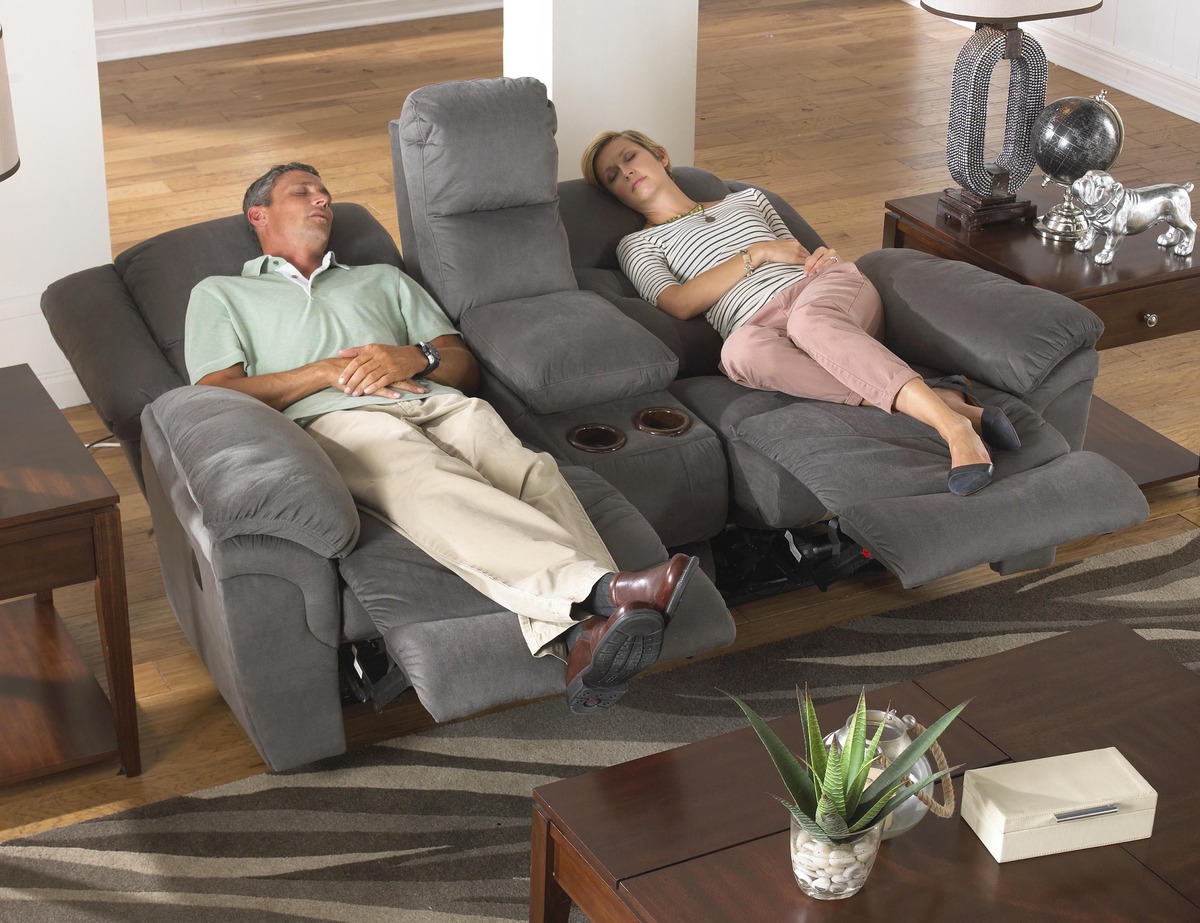

Living Room Furniture
What Is The Best Recliner To Sleep In
Modified: October 18, 2024
Discover the ultimate comfort with our top-rated recliners for sleeping. Explore our collection of living room furniture and design your perfect relaxation space.
(Many of the links in this article redirect to a specific reviewed product. Your purchase of these products through affiliate links helps to generate commission for Storables.com, at no extra cost. Learn more)
Introduction
Welcome to the world of ultimate relaxation and comfort! If you've ever found yourself pondering the idea of sleeping in a recliner, you're not alone. The allure of sinking into a plush, ergonomic recliner and drifting off into a peaceful slumber is a temptation many can't resist. Whether you're recovering from an injury, dealing with a medical condition, or simply seeking a change from the traditional bed setup, finding the best recliner for sleeping can be a game-changer in your quest for a restful night's sleep.
In this comprehensive guide, we'll delve into the factors to consider when choosing a recliner for sleeping, explore the different types of recliners suitable for this purpose, highlight the essential features to look for, and weigh the benefits against potential drawbacks. By the end of this journey, you'll be equipped with the knowledge to make an informed decision and elevate your sleep experience to a whole new level.
So, kick back, relax, and let's embark on this enlightening exploration of the best recliners for sleeping.
Key Takeaways:
- Recliners offer enhanced comfort, improved breathing, and relaxation for a restful sleep experience, but may have limitations in surface area and sleeping positions.
- Choosing the best recliner involves assessing ergonomic design, adjustability, material quality, and additional features to ensure optimal comfort and support.
Read more: How To Sleep On A Recliner
Factors to Consider When Choosing a Recliner for Sleeping
When contemplating the idea of sleeping in a recliner, several crucial factors come into play. Understanding these elements will guide you in selecting the perfect recliner for your sleep needs.
- Ergonomics: Opt for a recliner that offers excellent lumbar support and promotes proper spinal alignment. This feature is vital for preventing discomfort and ensuring a restful sleep.
- Adjustability: Look for a recliner with customizable positions, including full recline and zero-gravity options. The ability to adjust the reclining angle and footrest height allows you to find the most comfortable sleeping position.
- Material: Consider the upholstery material of the recliner. Breathable, easy-to-clean fabrics such as leather or high-quality microfiber can enhance comfort and durability.
- Size and Space: Assess the dimensions of the recliner in relation to your living space. Ensure that it fits seamlessly and complements the aesthetics of your room while providing ample space for comfortable sleeping.
- Additional Features: Take note of extra features such as built-in USB ports, cup holders, massage functions, and heating elements, which can elevate your relaxation experience.
- Health Considerations: If you have specific health concerns, consult with a healthcare professional to ensure that sleeping in a recliner aligns with your well-being and offers therapeutic benefits.
By carefully assessing these factors, you can narrow down your options and prioritize the essential qualities that will contribute to a rejuvenating and restorative sleep experience.
Types of Recliners Suitable for Sleeping
Recliners come in various styles, each tailored to different preferences and functional needs. When seeking the best recliner for sleeping, it’s essential to explore the types that are most conducive to a comfortable and restful slumber.
- Power Recliners: These modern marvels offer effortless reclining at the touch of a button. With adjustable headrests and lumbar support, power recliners provide a customizable sleeping experience.
- Wall-Hugger Recliners: Ideal for smaller spaces, wall-hugger recliners maximize floor space by reclining within inches of the wall. Their space-saving design makes them suitable for apartment living or cozy bedrooms.
- Lift Recliners: Designed with mobility assistance in mind, lift recliners feature a lifting mechanism that tilts the base and assists users in standing up. These recliners are beneficial for individuals with mobility challenges who wish to sleep in a semi-elevated position.
- Massage Recliners: For the ultimate relaxation experience, massage recliners offer various massage techniques and intensity levels, promoting muscle relaxation and tension relief, which can contribute to a more restful sleep.
- Rocker Recliners: With a gentle rocking motion, these versatile recliners provide a soothing sensation that can lull you into a tranquil sleep. The rhythmic movement may also help alleviate stress and anxiety, promoting better sleep quality.
- Swivel Recliners: Offering a full range of motion, swivel recliners allow you to pivot and find the most comfortable sleeping position without moving the base. Their versatility makes them suitable for multifunctional living spaces.
By understanding the distinct features of each type, you can pinpoint the recliner style that best aligns with your sleeping preferences and complements your lifestyle.
Features to Look for in a Recliner for Sleeping
When on the quest for the best recliner for sleeping, certain features can significantly impact your comfort and overall sleep quality. By prioritizing these elements, you can ensure that your chosen recliner meets your specific sleep-related needs.
- Adjustable Positions: Look for a recliner that offers multiple reclining positions, including full recline and zero-gravity options. The ability to customize the angle of recline and the position of the footrest allows for optimal comfort during sleep.
- Lumbar Support: Opt for a recliner with excellent lumbar support to maintain the natural curve of your spine. Adequate lumbar support can alleviate pressure on the lower back, reducing discomfort and promoting better sleep posture.
- Quality Upholstery: Choose a recliner crafted from high-quality, breathable materials such as leather or durable microfiber. These materials enhance comfort and are easy to maintain, ensuring long-term satisfaction.
- Generous Padding: Ample cushioning in the seat, backrest, and armrests contributes to a plush and supportive sleeping surface. The padding should offer a balance of softness and resilience for extended periods of use.
- Sturdy Construction: Assess the recliner’s frame and mechanism for durability and stability. A robust construction ensures longevity and minimizes the risk of discomfort or malfunctions during sleep.
- Additional Amenities: Consider supplementary features such as built-in USB ports, cup holders, massage functions, and heating elements. These amenities can enhance your relaxation experience and add convenience to your sleep routine.
- Size and Proportions: Ensure that the recliner’s dimensions are suitable for your body size and living space. An appropriately sized recliner promotes unrestricted movement and accommodates your preferred sleeping position.
By focusing on these essential features, you can narrow down your options and select a recliner that not only meets your sleep requirements but also enriches your overall lounging and relaxation experience.
Look for a recliner with a comfortable headrest, good lumbar support, and a footrest that fully extends. It should also be made of durable, easy-to-clean materials.
Benefits of Sleeping in a Recliner
While the notion of sleeping in a recliner may seem unconventional, it offers a myriad of benefits that can positively impact your sleep quality and overall well-being. Here are some compelling advantages of embracing the recliner as a sleep haven:
- Enhanced Comfort: Recliners are designed to provide exceptional comfort, with plush padding and ergonomic support that can alleviate pressure points and promote relaxation, leading to a more restful sleep experience.
- Improved Breathing: Sleeping in a semi-upright position can help alleviate snoring and reduce the symptoms of sleep apnea by keeping the airways open and unobstructed, allowing for smoother breathing throughout the night.
- Alleviation of Back Pain: The adjustable positions and lumbar support offered by recliners can help relieve back pain and discomfort, making them a favorable option for individuals seeking relief from spinal issues or discomfort associated with traditional mattresses.
- Enhanced Circulation: Elevating the legs and reclining at an optimal angle can promote healthy blood circulation, reducing the risk of swelling and enhancing overall circulation, particularly beneficial for individuals with circulation-related concerns.
- Convenience and Flexibility: Recliners provide a versatile sleep alternative, offering a convenient and adaptable solution for individuals recovering from surgery, dealing with mobility challenges, or seeking a change from the conventional bed setup.
- Relaxation and Stress Reduction: The gentle rocking, massage functions, and zero-gravity options available in certain recliners can induce relaxation, alleviate stress, and contribute to a tranquil sleep environment, promoting mental and emotional well-being.
By embracing the unique benefits of sleeping in a recliner, individuals can find relief from various sleep-related issues and experience a rejuvenating sleep routine that caters to their specific comfort and health needs.
Read more: How To Sleep In A Recliner
Potential Drawbacks of Sleeping in a Recliner
While sleeping in a recliner offers numerous advantages, it’s essential to consider the potential drawbacks associated with this alternative sleep arrangement. Understanding these limitations can help you make an informed decision and weigh the trade-offs involved in using a recliner as a primary sleeping space.
- Reduced Surface Area: Recliners typically offer a smaller sleeping surface compared to traditional beds, which may limit freedom of movement during sleep and lead to a confined sleeping experience.
- Adjustment Period: Transitioning from a bed to a recliner for sleep may require an adjustment period as your body adapts to the new sleeping position and surface, potentially affecting initial comfort and sleep quality.
- Limited Sleeping Positions: While recliners offer adjustable positions, they may not accommodate a wide range of sleeping preferences, potentially restricting individuals who require specific sleep postures for optimal rest.
- Long-Term Comfort: Prolonged use of a recliner for sleeping may lead to discomfort or pressure points, particularly if the recliner’s padding and support are not conducive to extended periods of rest.
- Health Considerations: Individuals with certain medical conditions or mobility issues should consult with healthcare professionals to ensure that sleeping in a recliner aligns with their health needs and does not exacerbate existing concerns.
- Space Limitations: For individuals sharing living spaces, the use of a recliner as a primary sleep surface may pose challenges in accommodating partners or limited room for movement during sleep.
By acknowledging these potential drawbacks, individuals can make an informed decision based on their unique sleep preferences, health considerations, and lifestyle requirements, ensuring that their chosen sleep arrangement aligns with their overall well-being.
Conclusion
As we conclude this insightful exploration of sleeping in a recliner, it’s evident that this alternative sleep option offers a blend of advantages and considerations that warrant careful deliberation. By weighing the factors, types, features, benefits, and potential drawbacks, individuals can make an informed decision that aligns with their comfort, health needs, and lifestyle preferences.
Choosing the best recliner for sleeping involves a thoughtful assessment of ergonomic design, adjustability, material quality, and additional features, ensuring that the selected recliner provides the optimal blend of comfort and support for a restful slumber. Whether it’s a power recliner with massage functions, a space-saving wall-hugger recliner, or a lift recliner offering mobility assistance, the diverse range of options caters to various sleep requirements and personal preferences.
While reaping the benefits of enhanced comfort, improved breathing, and relaxation, it’s essential to acknowledge the potential drawbacks associated with transitioning to a recliner as a primary sleep surface. Considering factors such as surface area, adjustment periods, and long-term comfort can guide individuals in making an informed choice that aligns with their sleep habits and overall well-being.
Ultimately, the decision to embrace a recliner as a sleep haven is a personal one, influenced by individual comfort preferences, health considerations, and lifestyle dynamics. By leveraging the insights shared in this guide, individuals can embark on a transformative journey toward a rejuvenating and restorative sleep experience, tailored to their unique needs and preferences.
So, whether you’re seeking relief from back pain, exploring a versatile sleep alternative, or simply indulging in the luxury of ultimate comfort, the world of recliners offers a realm of possibilities for a truly blissful slumber.
Frequently Asked Questions about What Is The Best Recliner To Sleep In
Was this page helpful?
At Storables.com, we guarantee accurate and reliable information. Our content, validated by Expert Board Contributors, is crafted following stringent Editorial Policies. We're committed to providing you with well-researched, expert-backed insights for all your informational needs.
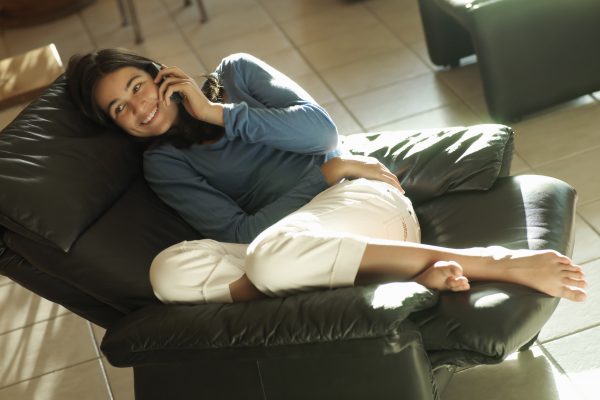

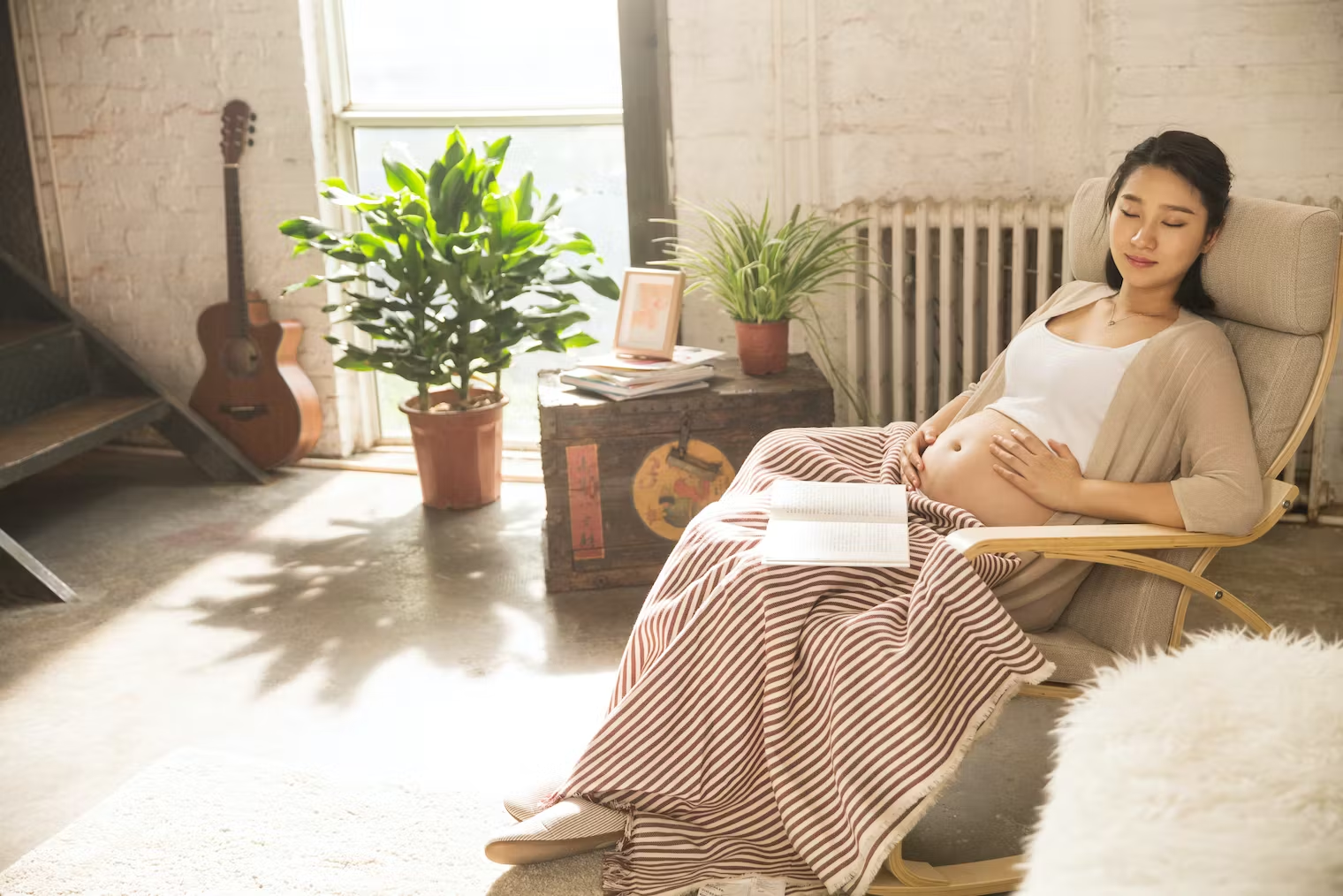
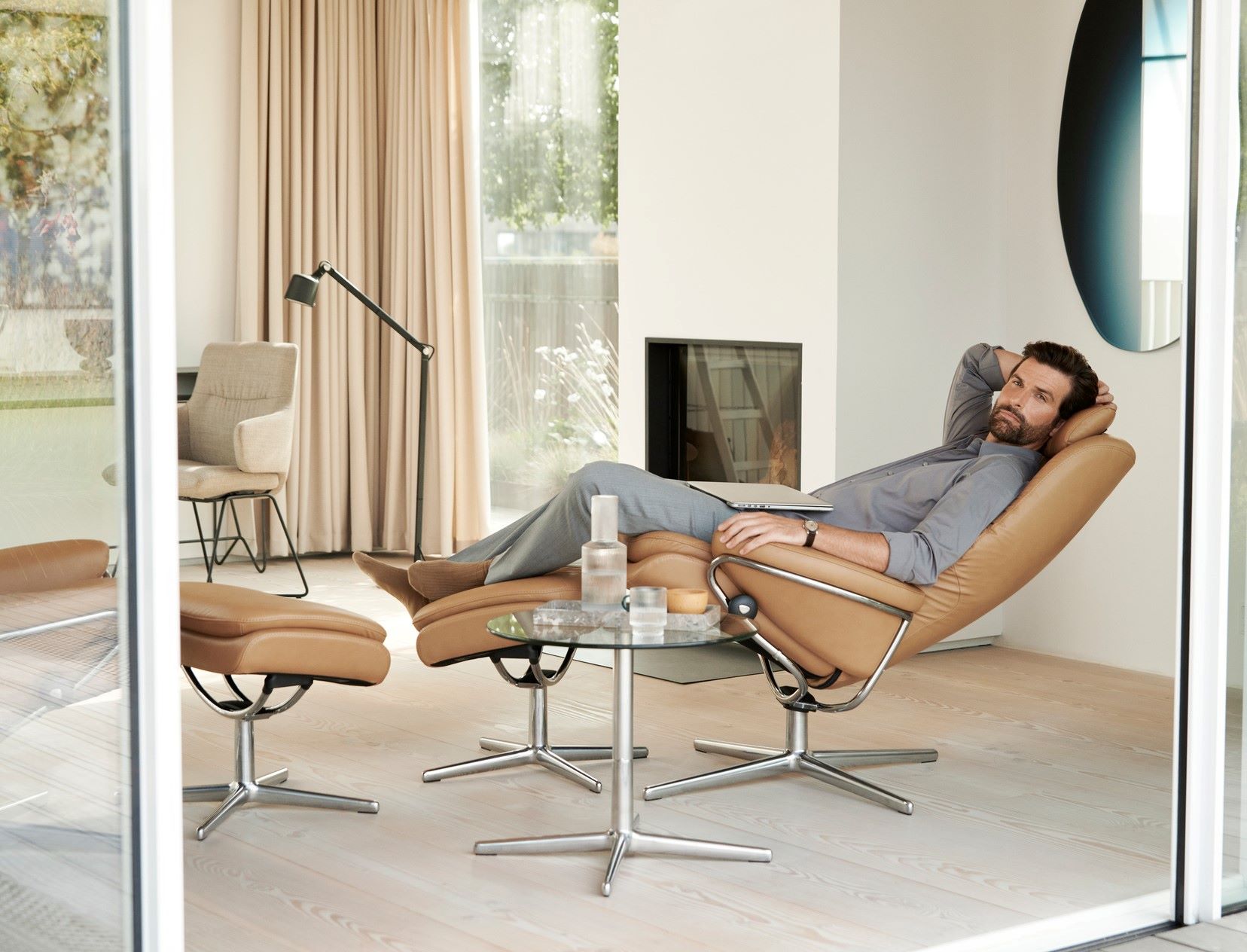
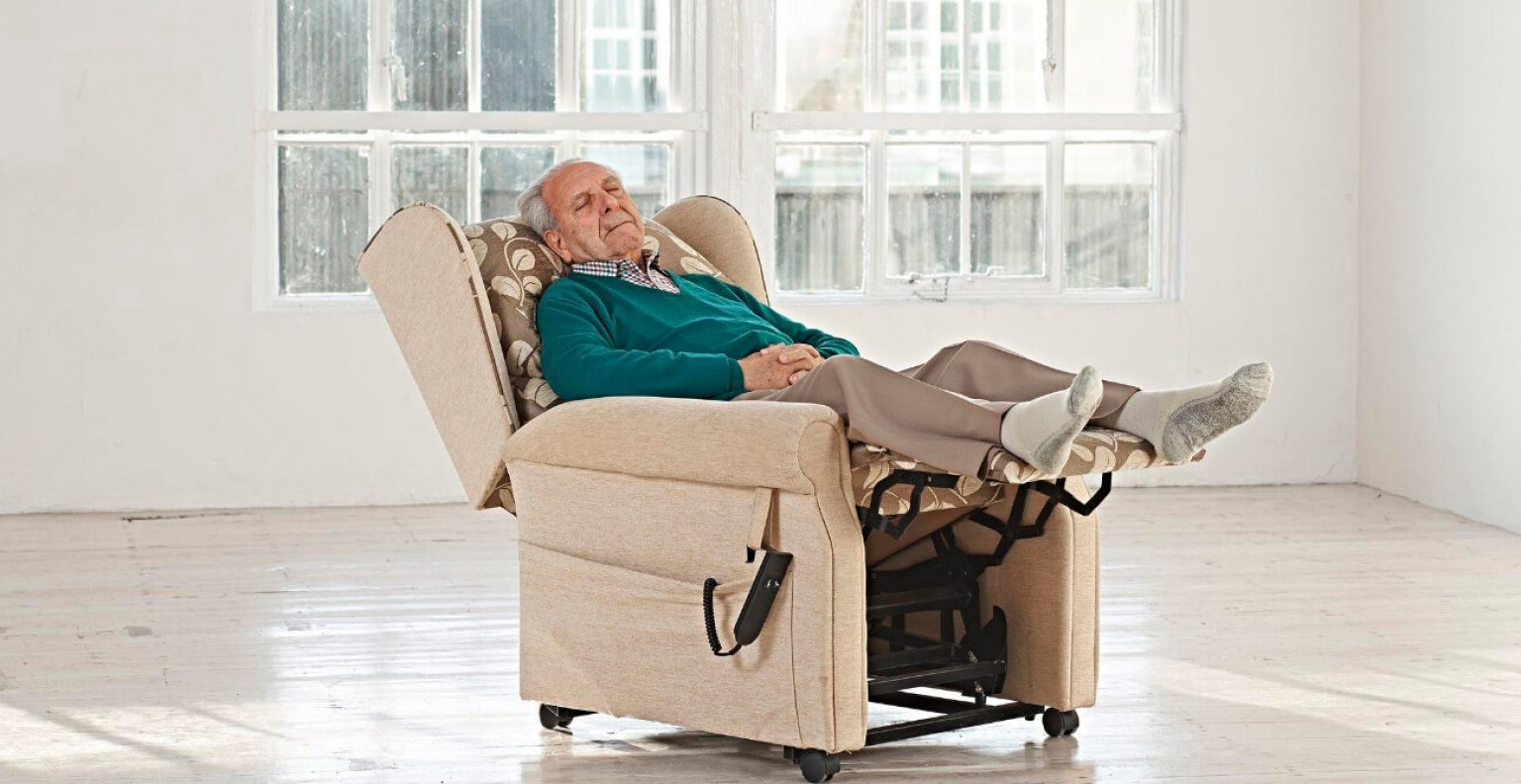
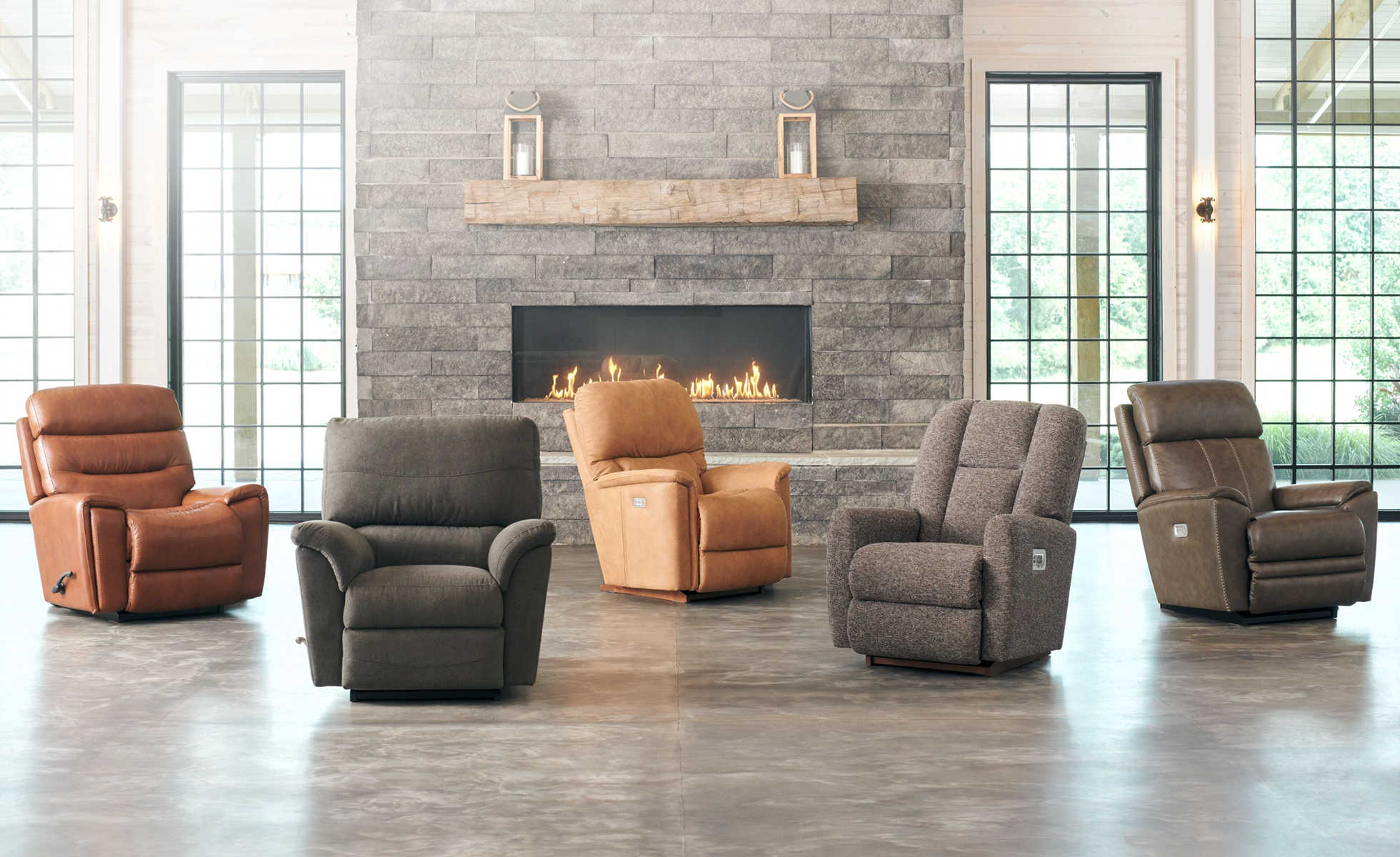
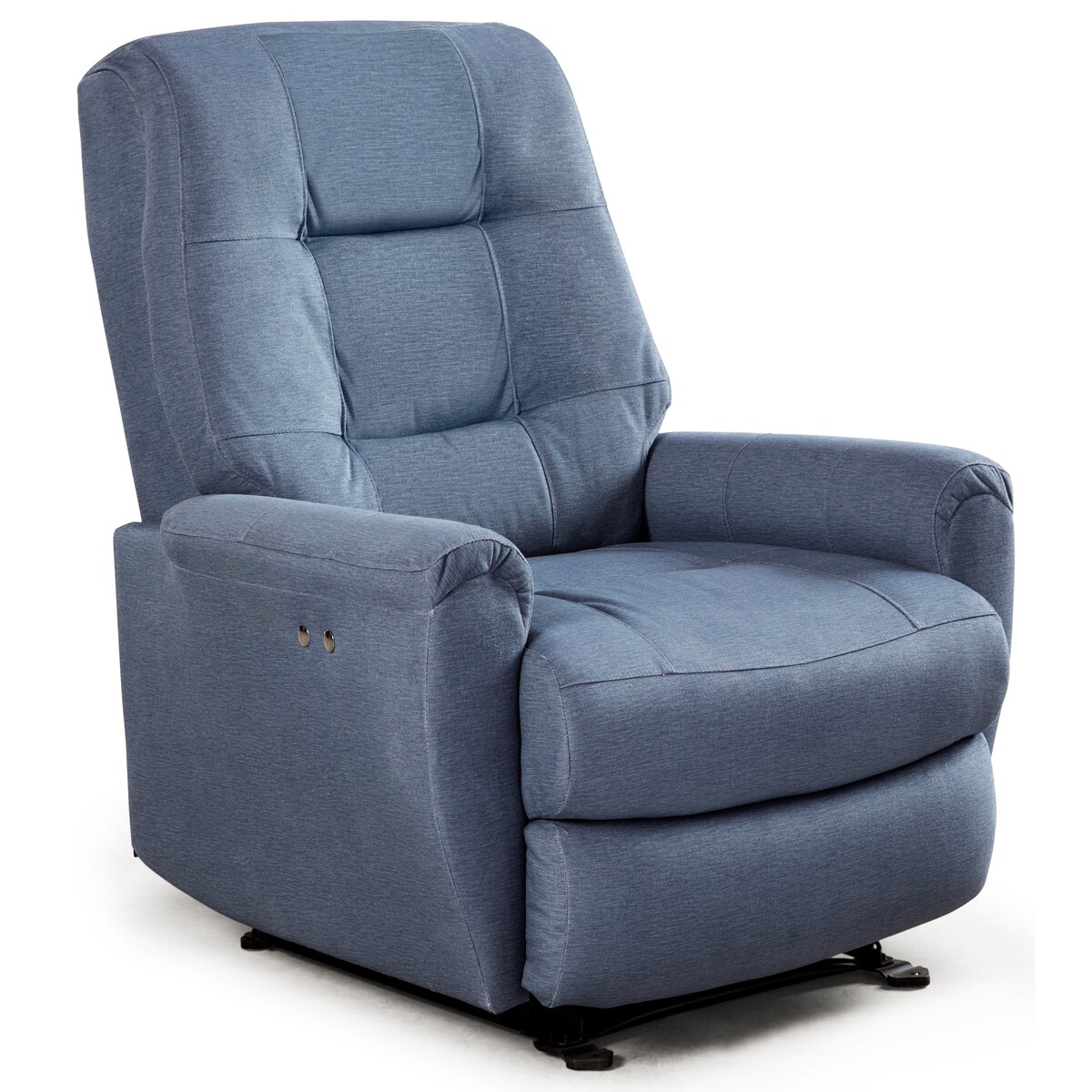
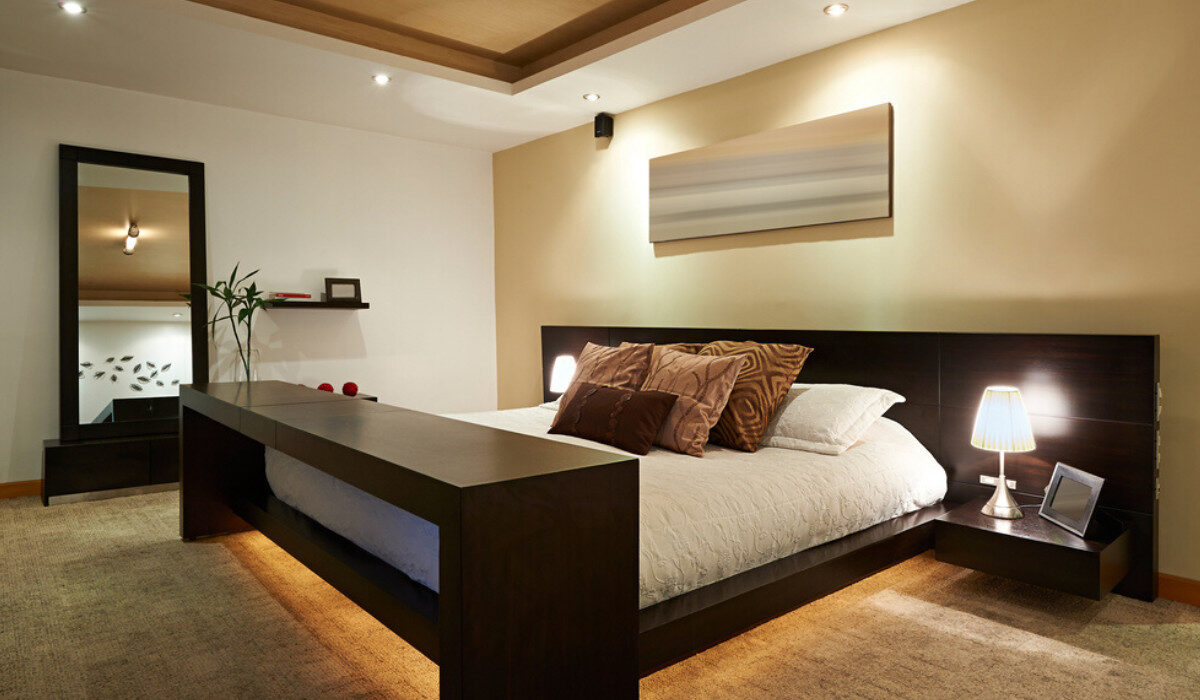


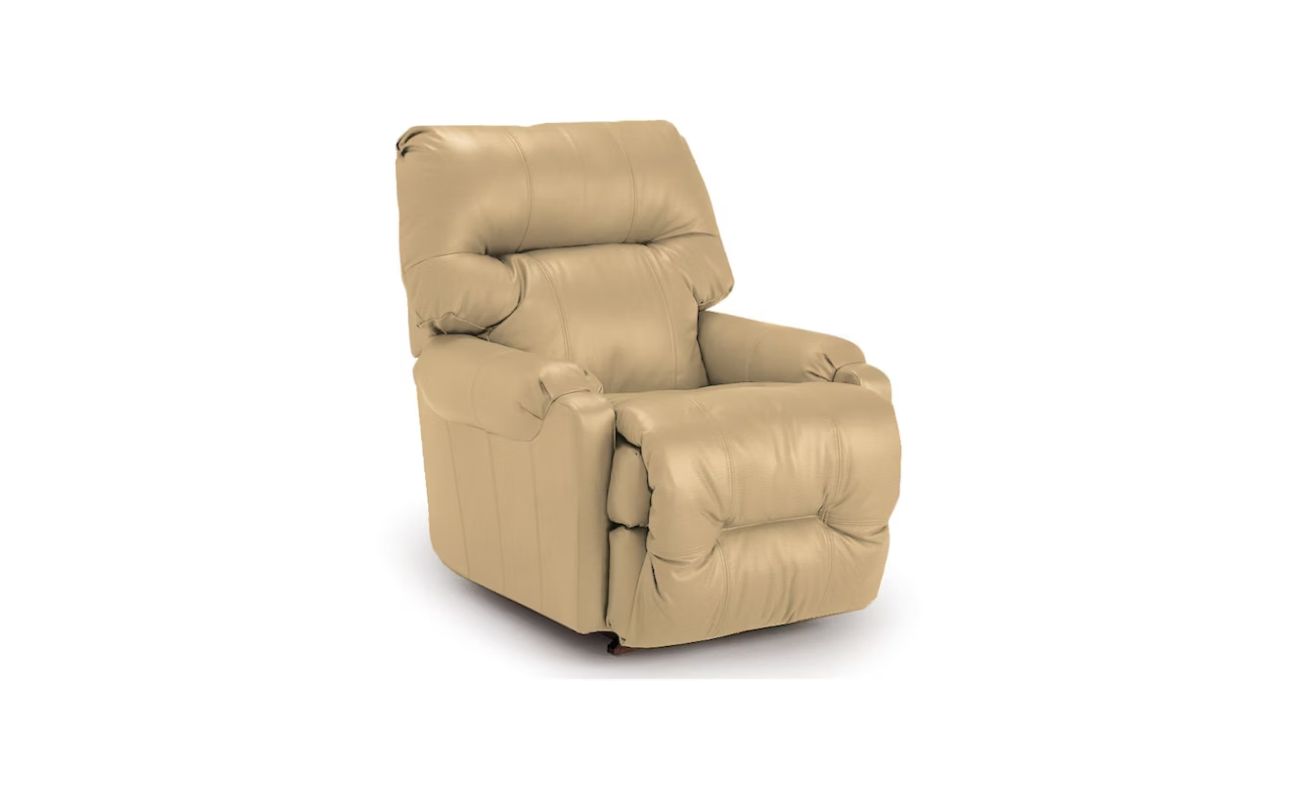
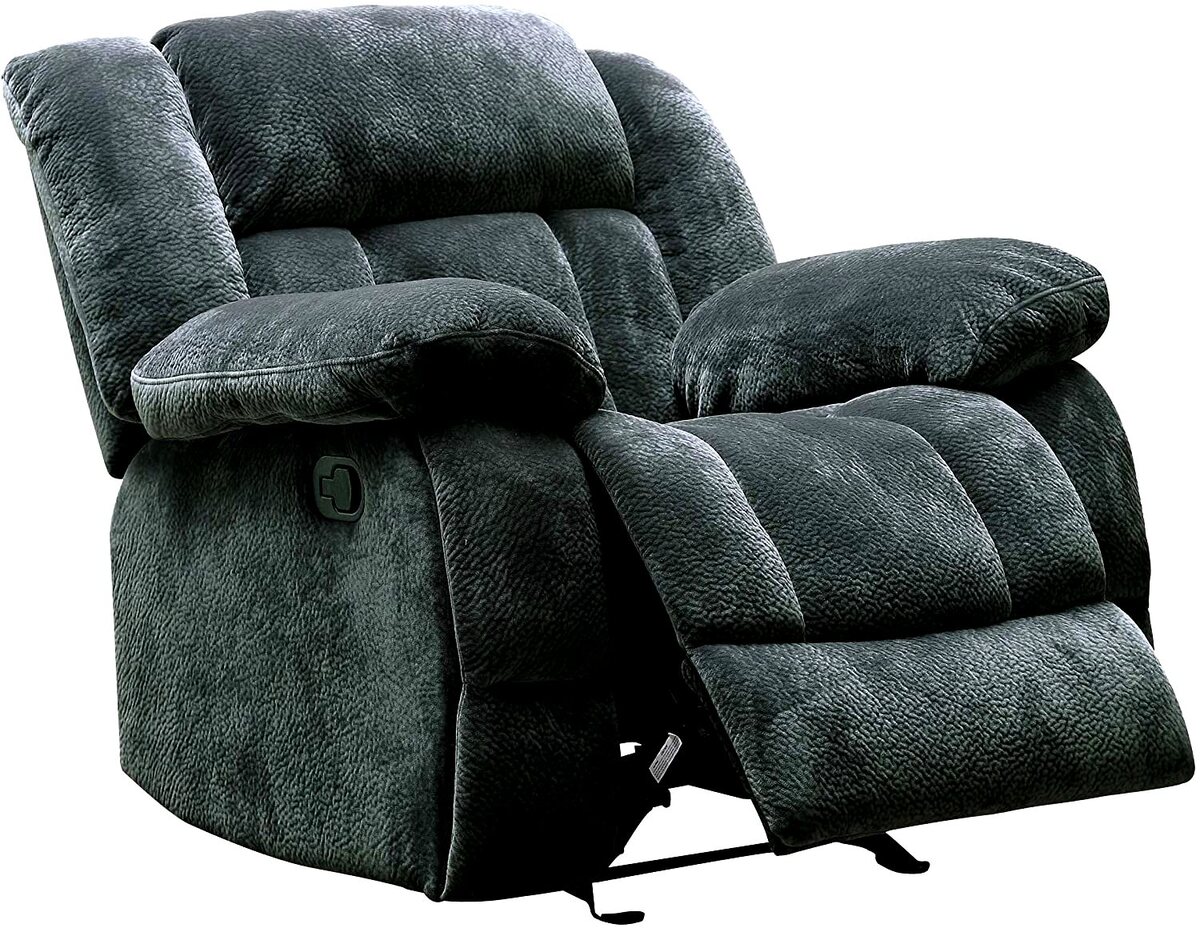
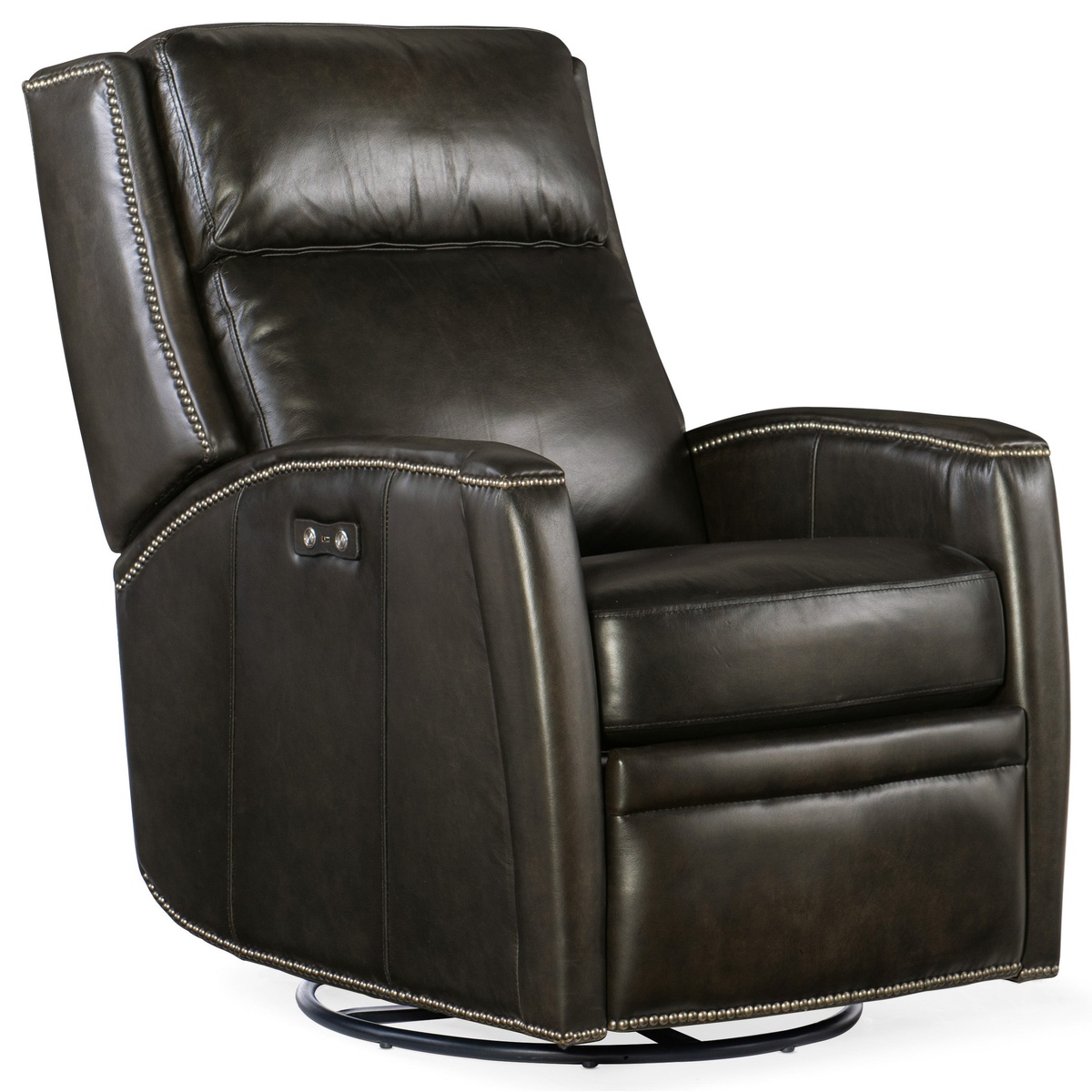
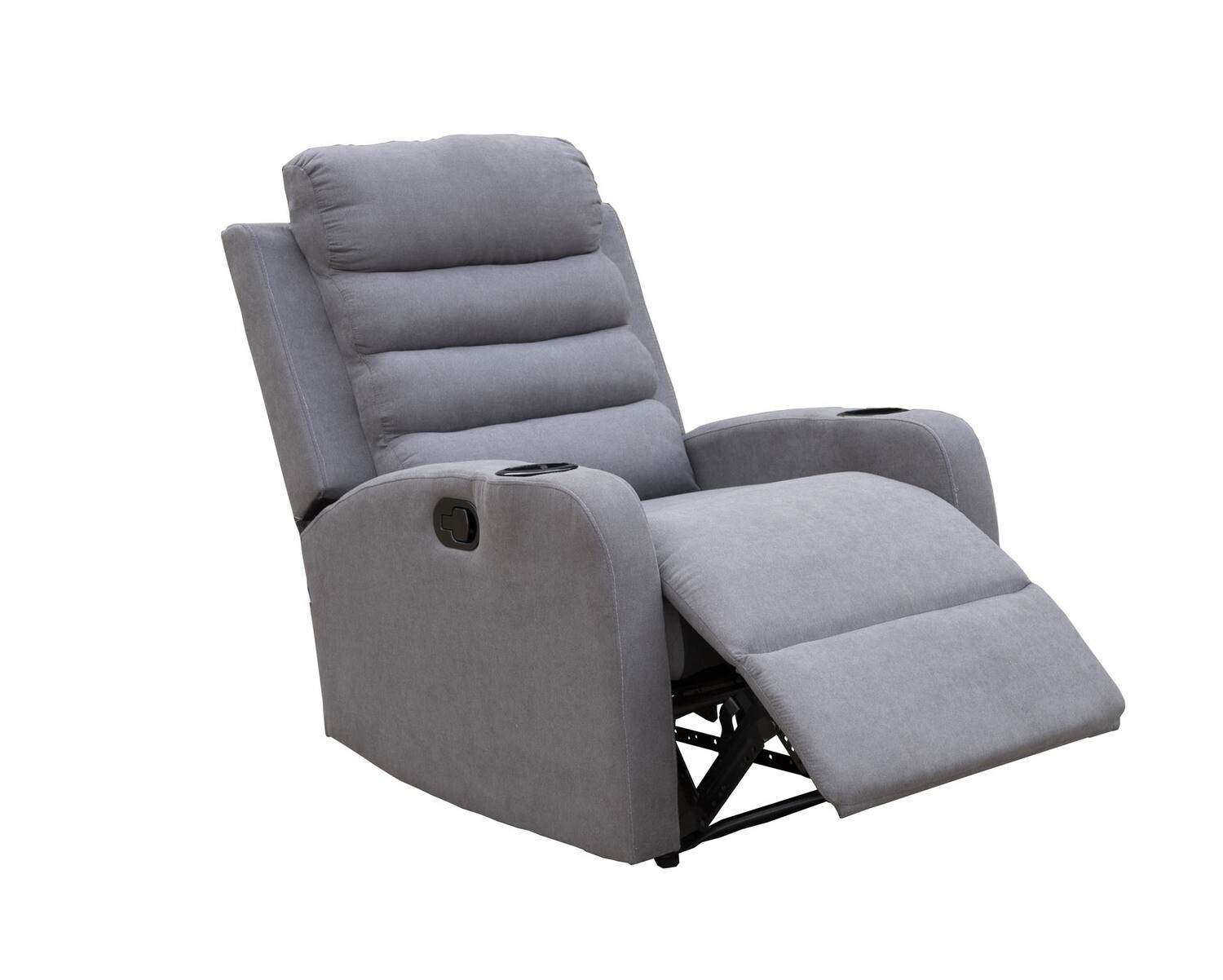

0 thoughts on “What Is The Best Recliner To Sleep In”